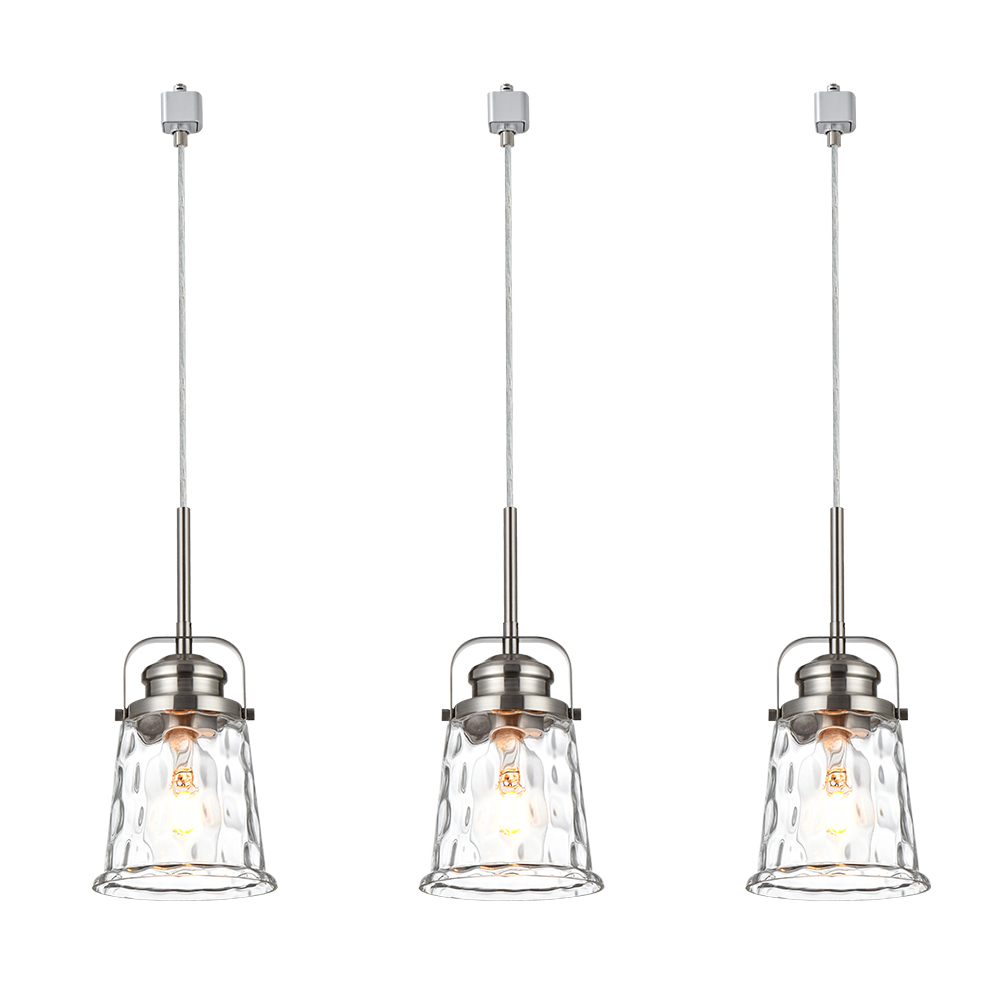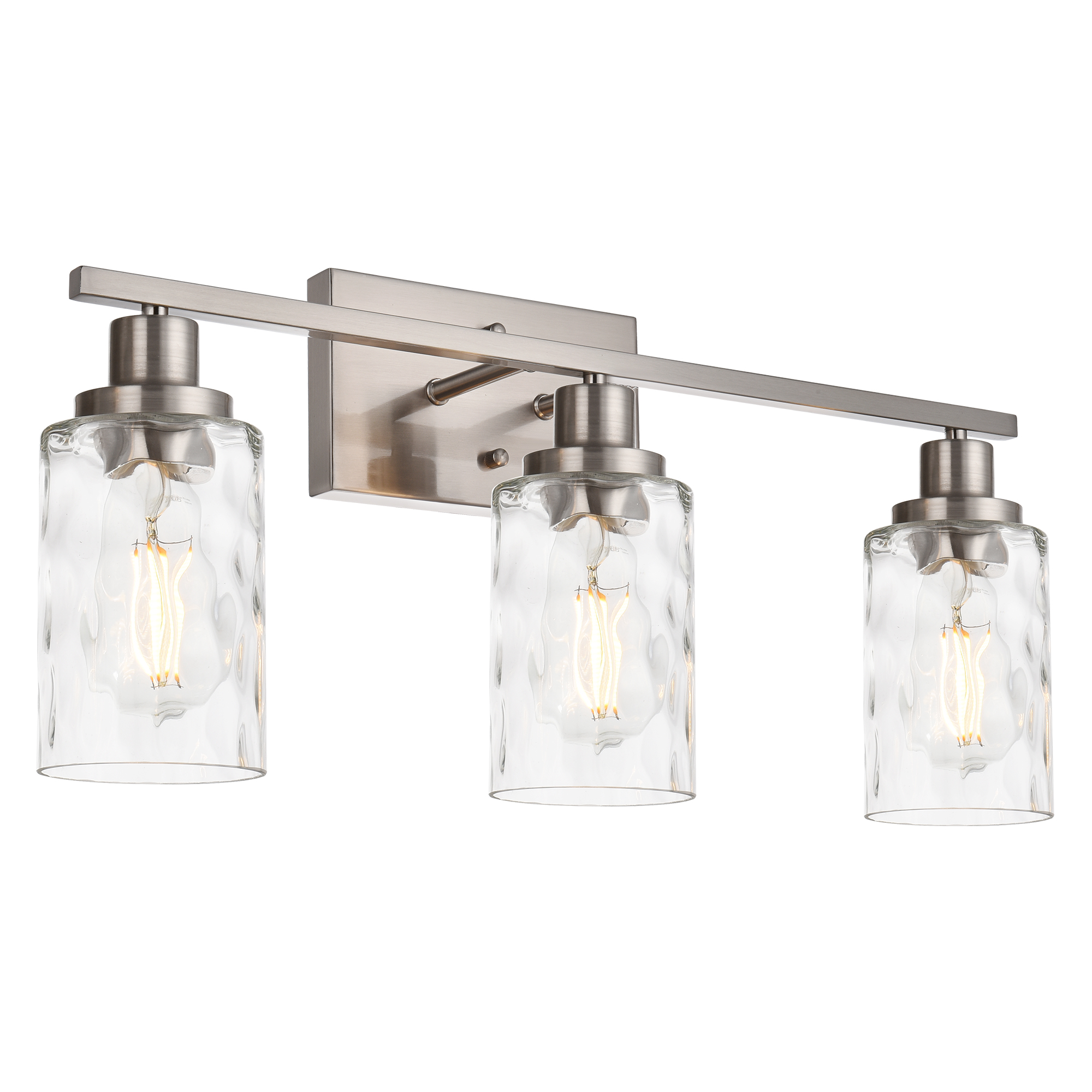led street lights
LED Street Lights: Revolutionizing Urban Illumination

Foreword
Urban landscapes are constantly evolving, and one of the most significant changes in recent years has been the adoption of LED street lights. These energy-efficient, durable, and versatile lighting solutions have transformed the way our cities are illuminated, offering a myriad of benefits that extend beyond mere brightness. In this comprehensive guide, we will delve into the world of LED street lights, exploring their advantages, applications, and the impact they have on our communities.
Understanding LED Street Lights

1. What are LED Street Lights?
LED street lights are a type of lighting technology that uses light-emitting diodes (LEDs) to produce light. Unlike traditional street lights that use filaments or gas to generate light, LEDs emit light through the movement of electrons in a semiconductor material. This makes them more energy-efficient and longer-lasting.
2. Advantages of LED Street Lights
- Energy Efficiency: One of the most significant advantages of LED street lights is their energy efficiency. LED lights consume up to 80% less energy than traditional street lights, making them a cost-effective and environmentally friendly option.
- Longevity: LED street lights have a much longer lifespan compared to conventional lighting. With an average lifespan of 15-20 years, they significantly reduce maintenance and replacement costs.
- Improved Light Quality: LEDs provide a crisp, white light that is more uniform and less prone to flickering. This improves visibility and safety in urban areas.
- Dimming Capability: LED street lights can be easily dimmed, allowing for better control over lighting levels and energy consumption.
- Durability: LEDs are robust and can withstand harsh weather conditions, making them ideal for outdoor applications.
The Evolution of Street Lighting
1. Traditional Street Lights
Before the advent of LED street lights, cities relied on various types of traditional street lights, such as incandescent, fluorescent, and high-pressure sodium (HPS) lights. These lights were energy-intensive and had shorter lifespans, leading to higher maintenance and replacement costs.
2. The Shift to LED Technology
The shift to LED street lights began in the early 2000s, driven by advancements in LED technology and the increasing need for energy-efficient solutions. Cities around the world started replacing their traditional street lights with LEDs, reaping the benefits of lower energy consumption, longer lifespans, and improved light quality.
Applications of LED Street Lights
1. Urban Lighting
LED street lights are extensively used in urban settings to illuminate streets, sidewalks, parking lots, and public spaces. Their energy efficiency and long lifespan make them an ideal choice for cities looking to reduce their carbon footprint and save on maintenance costs.

- Energy Efficiency: LED street lights can significantly reduce energy consumption in urban areas, contributing to a greener environment.
- Safety: Improved light quality and uniformity enhance visibility, reducing the risk of accidents and crime.
2. Rural Lighting
Rural areas also benefit from the use of LED street lights. The long lifespan and low maintenance requirements make them an attractive option for communities with limited resources.
- Cost-Effectiveness: LED street lights can help rural communities save on energy and maintenance costs.
- Improved Infrastructure: The installation of LED street lights can enhance the overall infrastructure of rural areas, making them more livable and attractive.
3. Commercial and Industrial Lighting
LED street lights are also used in commercial and industrial settings, providing efficient and reliable lighting for parking lots, factories, and outdoor spaces.
- Energy Savings: LED street lights can significantly reduce energy consumption in commercial and industrial settings.
- Reliability: The durability and long lifespan of LED street lights make them a reliable choice for businesses that require consistent lighting.
The Impact of LED Street Lights on Communities
1. Energy Efficiency and Environmental Benefits
The adoption of LED street lights has a positive impact on energy consumption and the environment. By reducing energy consumption, communities can lower their carbon footprint and contribute to a greener future.
- Reduced Energy Consumption: LED street lights consume less energy, leading to lower greenhouse gas emissions.
- Sustainability: The long lifespan of LED street lights reduces the need for frequent replacements, minimizing waste.
2. Safety and Security
LED street lights play a crucial role in enhancing safety and security in communities. Improved light quality and uniformity reduce the risk of accidents and crime, making neighborhoods more livable.
- Improved Visibility: LED street lights provide better visibility, reducing the risk of accidents and improving safety for pedestrians and drivers.
- Crime Deterrence: Proper lighting can deter criminal activities, making communities safer and more secure.
3. Economic Benefits
The installation of LED street lights can lead to significant economic benefits for communities, including reduced energy costs, lower maintenance expenses, and improved property values.
- Cost Savings: LED street lights can save communities money on energy and maintenance costs.
- Property Values: Well-lit neighborhoods are more attractive to residents and visitors, potentially increasing property values.
Challenges and Considerations
While LED street lights offer numerous benefits, there are also challenges and considerations that communities should be aware of.
1. Initial Costs
The initial cost of LED street lights can be higher than traditional lighting solutions. However, the long-term savings in energy and maintenance costs often outweigh the initial investment.
2. Light Pollution
Improper installation and design of LED street lights can contribute to light pollution, which can disrupt ecosystems and affect human health. It is essential to consider the direction and intensity of the light emitted by these lights.
3. Color Temperature
The color temperature of LED street lights can vary, affecting the ambiance and perceived safety of an area. It is crucial to choose the right color temperature for different applications.
The Future of LED Street Lights
1. Smart Lighting Systems
The integration of LED street lights with smart lighting systems is revolutionizing urban illumination. These systems allow for remote monitoring and control, enabling cities to optimize lighting levels and save even more energy.
2. Advancements in LED Technology
Continued advancements in LED technology are expected to make LED street lights even more energy-efficient and durable. This will further enhance their benefits and make them an even more attractive option for communities around the world.
Conclusion
LED street lights have transformed the way our cities are illuminated, offering numerous benefits that extend beyond mere brightness. From energy efficiency and long lifespan to improved light quality and safety, the adoption of LED street lights has had a profound impact on communities worldwide. As technology continues to evolve, we can expect even more innovative and efficient lighting solutions to emerge, further enhancing the quality of life in urban and rural areas alike.

